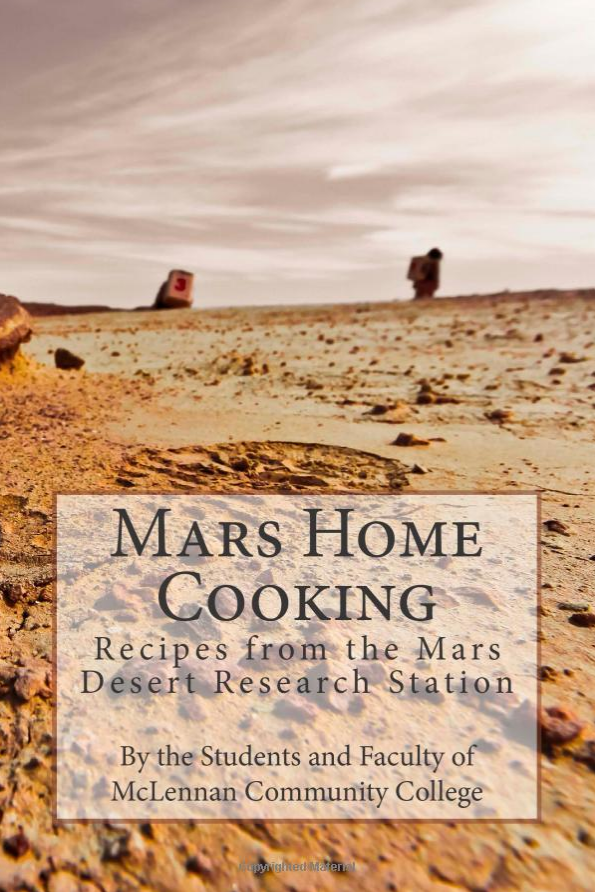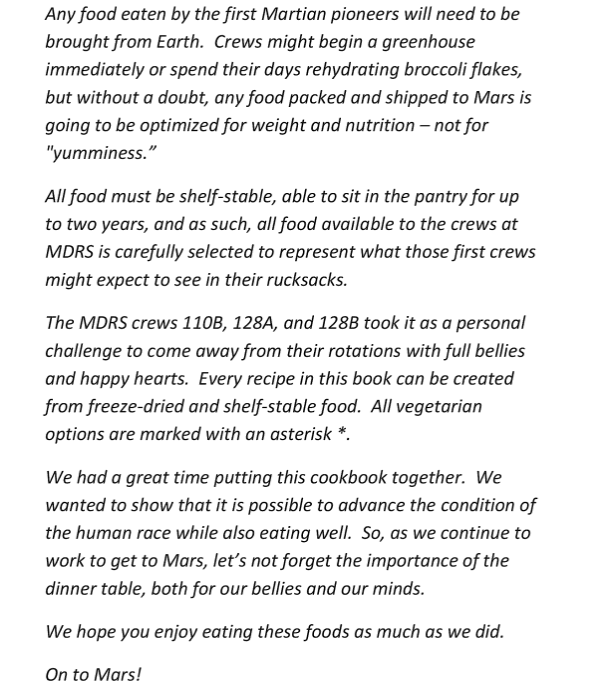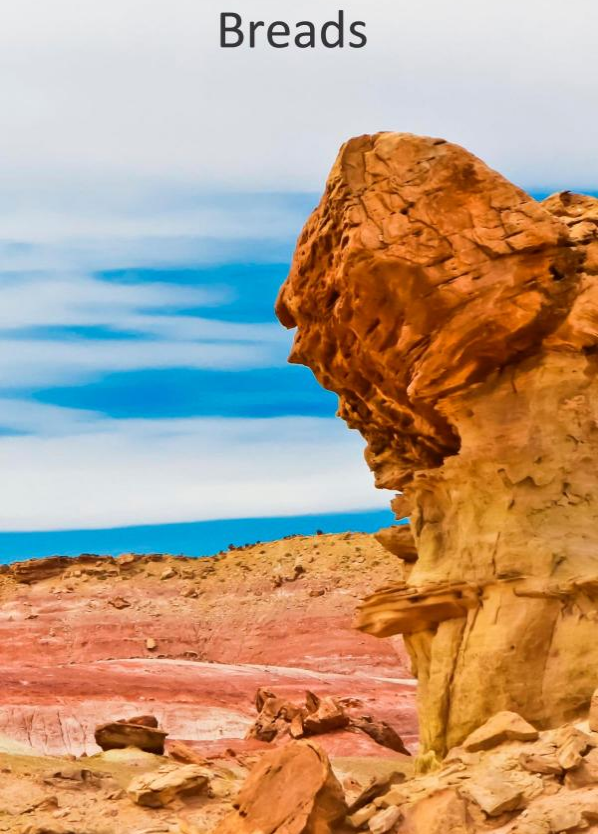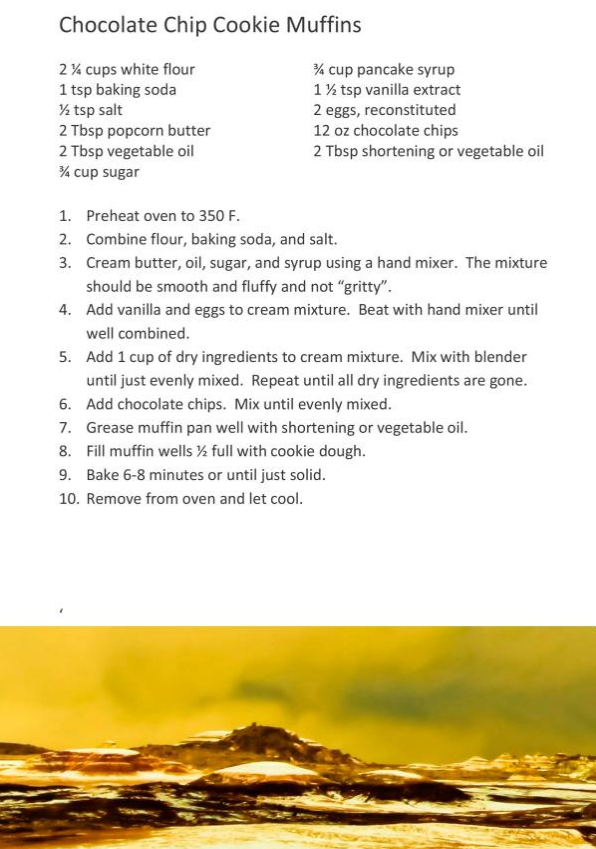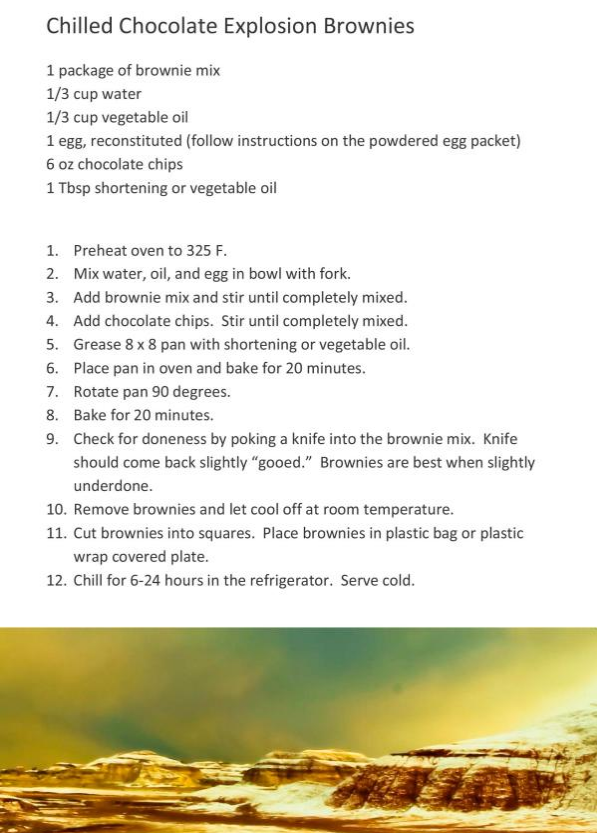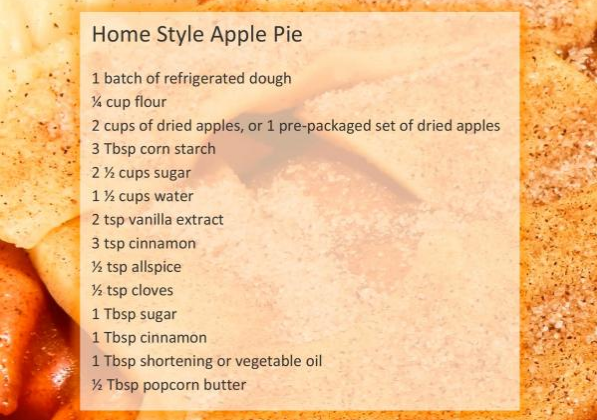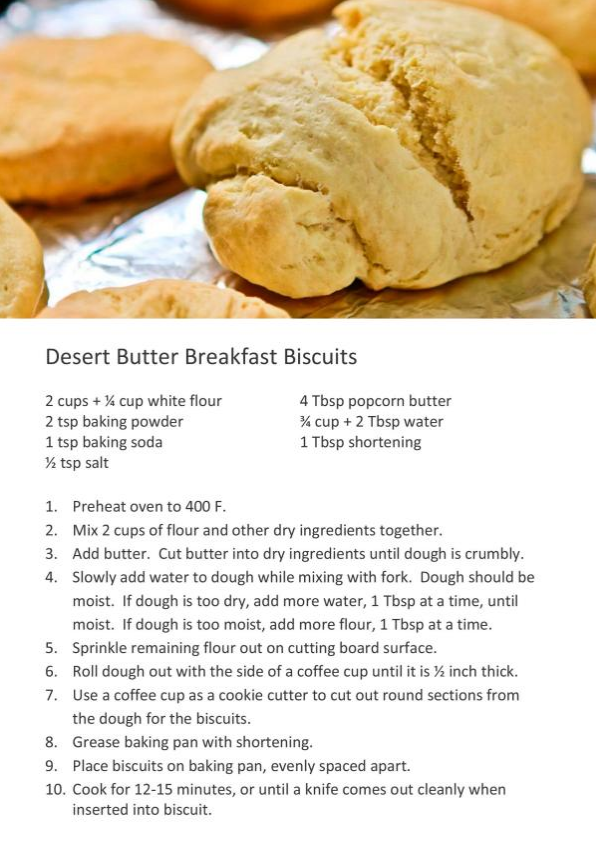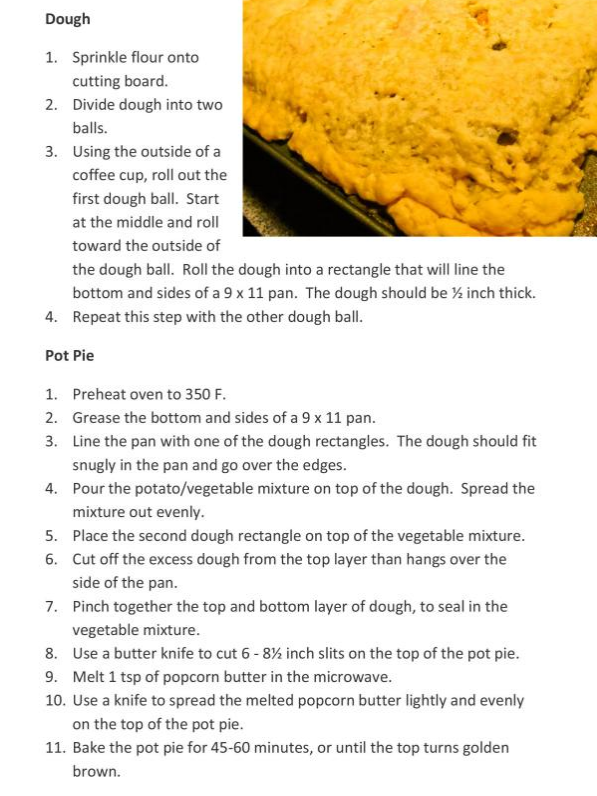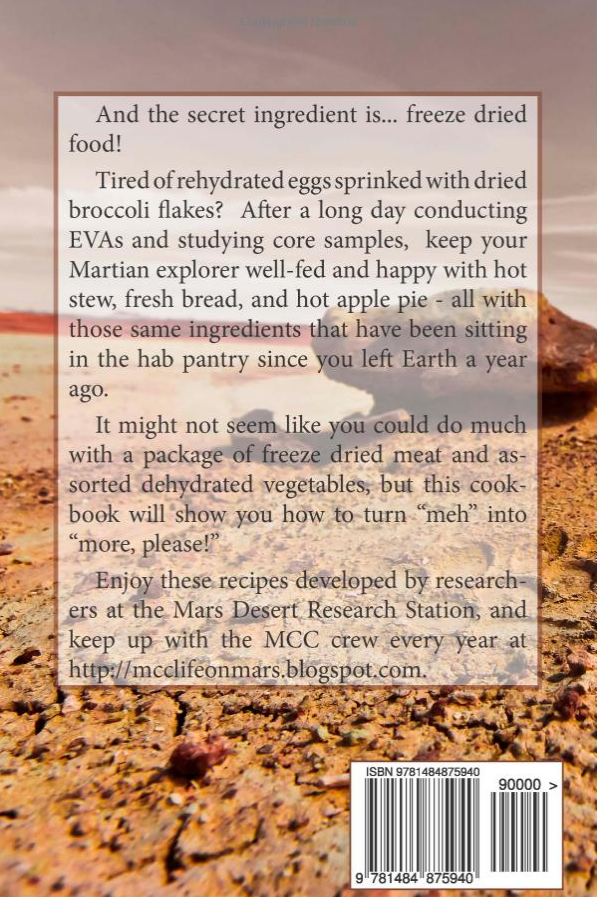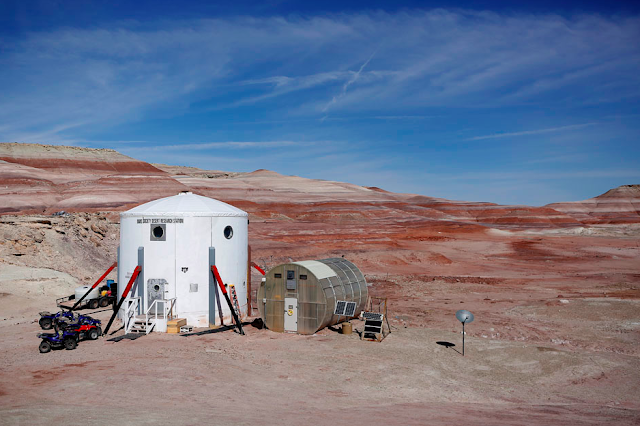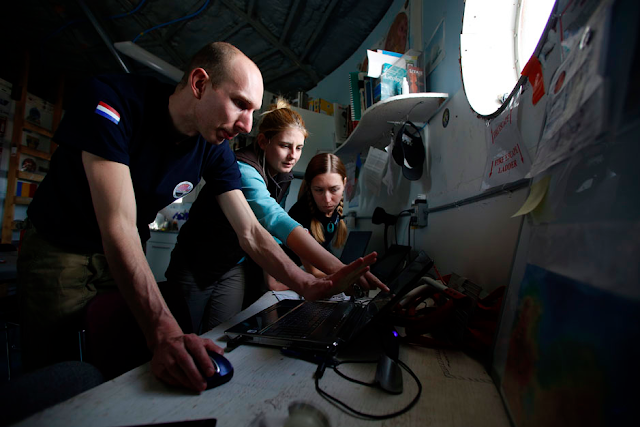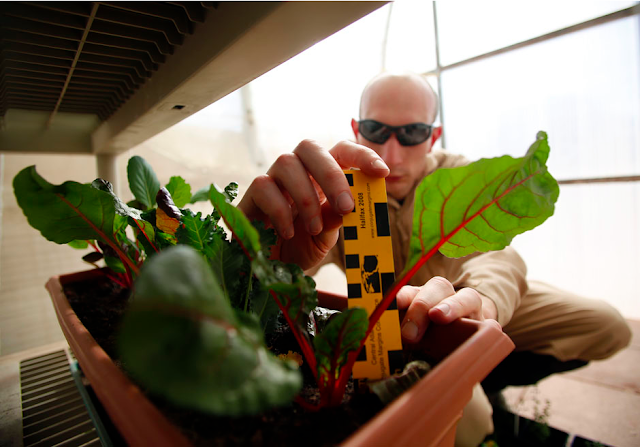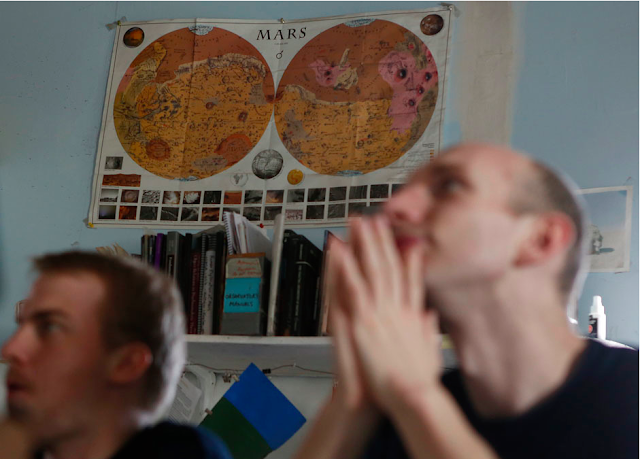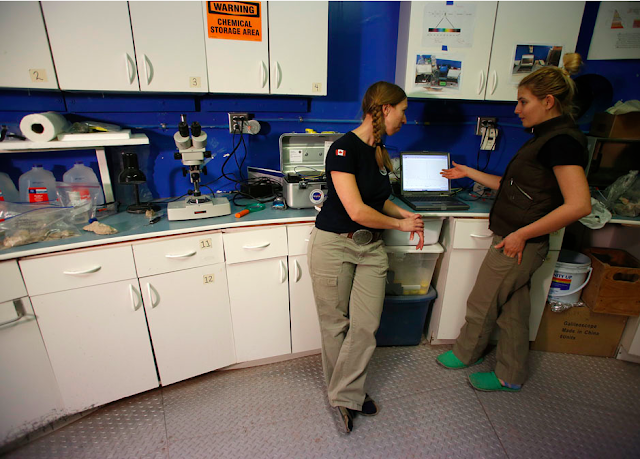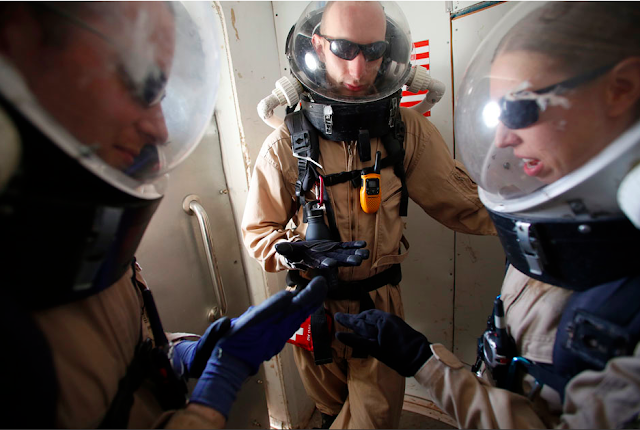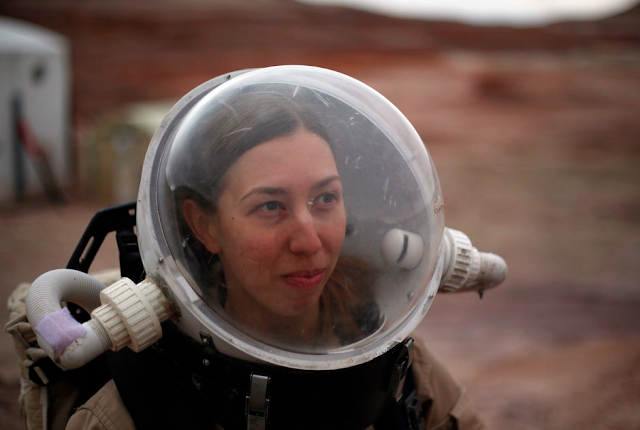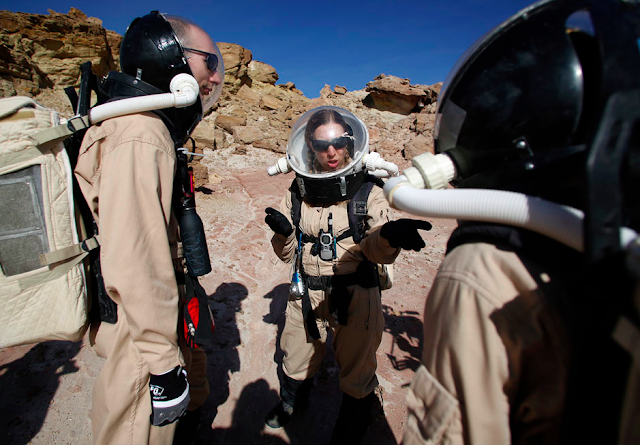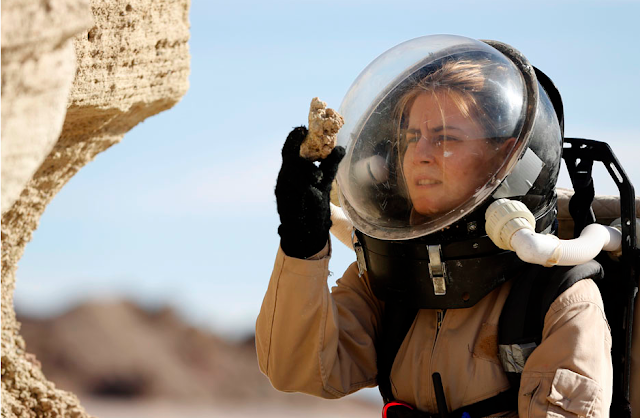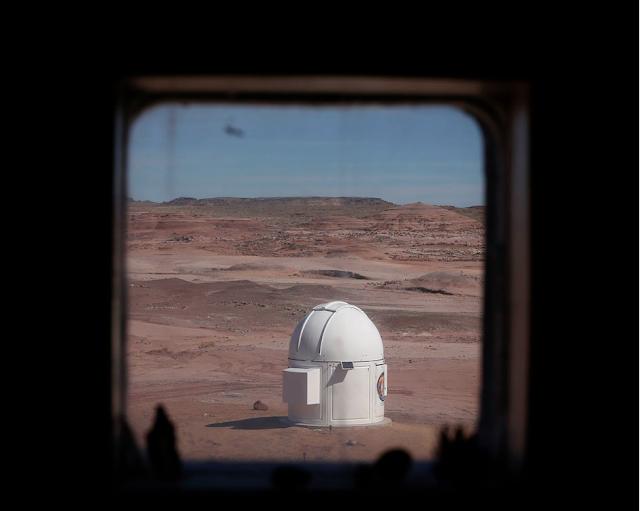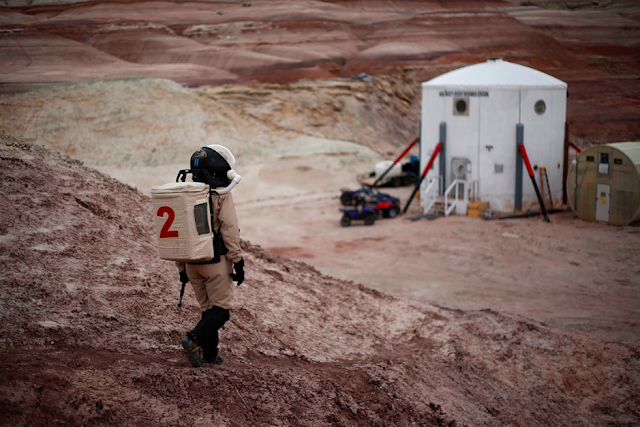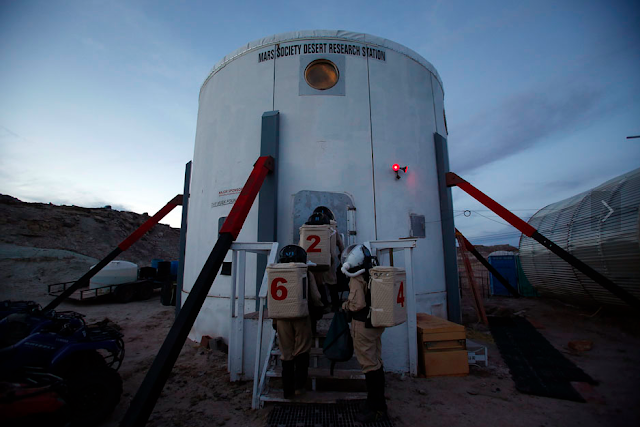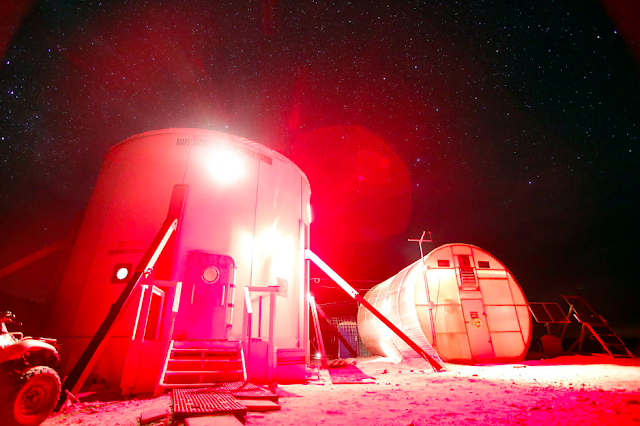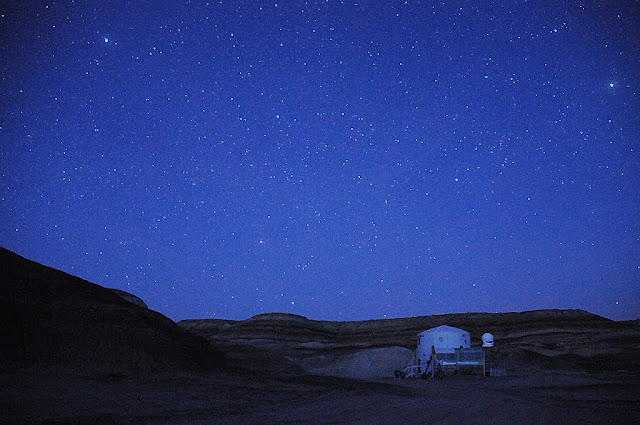The Mars Desert Research Station (MDRS) is a lonely habitat in the desert outside of Hanksville, Utah, built for the express purpose of supporting scientific inquiry necessary for the human exploration of Mars. It is run by the Mars Society, an international nonprofit organization dedicated to promoting humans-to-Mars. Crews of six live at the hab for one- or two-week rotations and live as Mars pioneers may one day live: rationing water and food, completing otherwise-ordinary tasks in space suits, and generally trying to get along in cramped quarters.
Generally, the “Can We Get to Mars?” discussion focuses on rockets and fuel, feasibility, and cost. There are some, but very few, discussions that center on “what will we eat, once we get there?” At any other time in human exploration, settlers had an option of living off the land or bringing seeds and livestock with them. Mars makes this a tad difficult.
From a physiological point of view, one could argue the first Martians could sustain on protein powders and vitamin pills. However, from a psychological point of view, food matters. We know that Grandma’s fried chicken and blackberry casserole can make the most difficult of days bearable. Food is one of the three basic ingredients of life, and we are hard-wired to place quite the emphasis on what we eat.
Any food eaten by the first Martian pioneers will need to be brought from Earth. Whether crews begin a greenhouse immediately or spend their days rehydrating broccoli flakes, without a doubt, any food that is packed and shipped to Mars is going to be optimized for weight and nutrition, and not for “yumminess.”
All food must be shelf-stable, able to sit in the pantry for up to two years, and as such, all food available to the crews at MDRS are carefully selected to represent what those first crews might expect to see in their rucksacks.
The MDRS crews 110B, 128A, and 128B took it as a personal challenge to come away from their rotations with full bellies and happy hearts. Every recipe in this book can be created from freeze-dried and shelf-stable food. Vegetarian options are also included.
We had a great time putting this cookbook together. We wanted to show that it is possible to advance the condition of the human race while also eating well. So, as we continue to work to get to Mars, let’s not forget the importance of the dinner table, both for our bellies and our minds.
The Mars 101 crews appreciate the incredible support we’ve received from The Mars Society and from the MDRS food team volunteers: Jean Hunter, John Barainca, Stu Hunter, Shannon Rupert, Chuck Killian, Sian Proctor, and Sara Bradbury. We are also grateful to McLennan Community College for their support and strong commitment to undergraduate research.
We hope you enjoy eating these foods as much as we did.
On to Mars!


